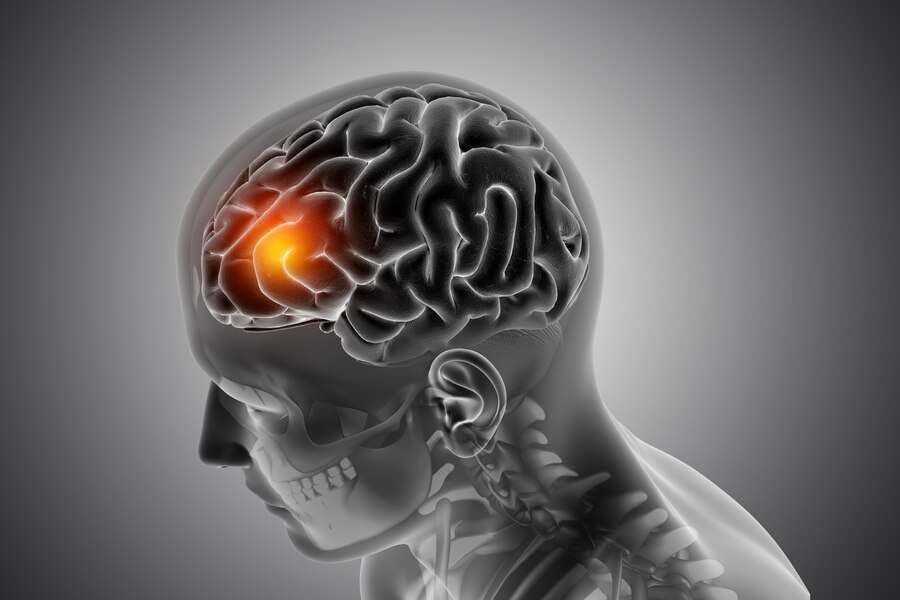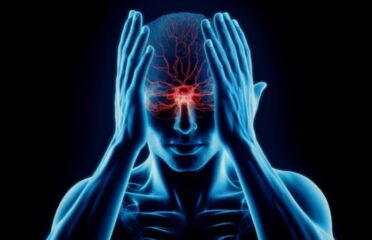Cerebral Aneurysms
Overview

A brain aneurysm is also called a cerebral aneurysm or intracranial aneurysm.
This is a bulge in a blood vessel in the brain. Aneurysms often look like a berry hanging on a stem.
A ruptured brain aneurysm is fatal in about 50 - 60% of the cases. About 66% of these, suffer some permanent neurological deficit. Approximately 15% of people with a ruptured aneurysm die before reaching the hospital.
Most deaths are due to rapid and massive brain injury from the initial bleeding. Experts suggest brain aneurysms form and grow because blood flowing through the blood vessel puts pressure on a weak area of the vessel wall, which can increase the size of the brain aneurysm. If the brain aneurysm ruptures, it can cause bleeding in the brain, known as a haemorrhagic stroke.
Symptoms
Headache as a symptom of Aneurysm is often described by people as the worst headache they would have ever experienced. In addition to severe headaches, symptoms of a ruptured aneurysm could be:
• Gastrointestinal - Nausea and vomiting
• Neck - Stiffness in the neck
• Vision - Blurred or double vision
• Eyes - Sensitivity to light and a drooping eyelid
• Neuro – Seizure and Loss of consciousness
• Mental Confusion - Speech difficulty
Most deaths are due to rapid and massive brain injury from the initial bleeding.
Causes & Risks
• Brain aneurysms are caused by thinning of the artery walls. Aneurysms often form at branches in arteries because those areas of the vessels are weaker. Although aneurysms can appear anywhere in the brain, they're most common in arteries at the base of the brain.
• Some of these risk factors develop over time. However, some conditions present at birth can increase the risk of developing a brain aneurysm.
• Brain aneurysms can occur more often in adults between the ages of 30 and 60.
• Smoking cigarettes is a very big risk factor for brain aneurysms to form and for them to rupture.
• High blood pressure. This condition can weaken arteries. Aneurysms are more likely to form and rupture in weakened arteries. Heavy alcohol use. This also can increase blood pressure.
The risk is higher if one has a family member who has had a brain aneurysm.
Test & Diagnosis
• The condition needs to be diagnosed, as the headache or other symptoms could be related to a ruptured aneurysm.
• Tests can reveal whether one has had bleeding into the space between the brain and surrounding tissues. The bleeding is called a subarachnoid haemorrhage and the tests can determine if any other type of stroke.
• The scans are known as magnetic resonance angiography. This is nothing but an MRI scan, used to look for aneurysms in the brain that haven't ruptured. This type of scan uses strong magnetic fields and radio waves to produce detailed images of your brain.
• The symptoms include pain behind the eye, changes in vision, or double vision.
Treatment
• Repairing a ruptured aneurysm requires surgery or endovascular treatment.
• An incision (Endovascular) treatment may be performed. This means that an aneurysm is treated from inside the artery.
• The individual can also be given treatments to relieve pain and other symptoms. Patients will be given medication to reduce the risk of the blood supply to the brain becoming severely disrupted, otherwise called cerebral ischemia.
• If an individual has had an unruptured aneurysm, speak to your healthcare provider about possible treatments. Discuss whether the risk of leaving the aneurysm alone is greater than the risk of treating it.
• Repairing the affected blood vessel, including clipping, artery bypass and occlusion, flow diversion with stents, and endovascular coiling.
Living With
Life after a brain aneurysm depends on the size of the aneurysm - if it has ruptured, and how much damage it has caused to the brain.
An individual may experience short- and long-term side effects such as chronic headaches, memory loss, personality changes, and physical impairment. Generally, the treatment of a brain aneurysm before a rupture is linked to better outcomes.
Neurorehab services to rebuild mobility, language skills, and overall function of the patient, can help improve the quality of life after an aneurysm.
Complications
Post-rupture survival includes-
• The aneurysms may also burst, spilling blood into the surrounding tissue (known as a haemorrhage) and causing severe and sudden headaches
• There is difficulty speaking
• Physical and mental fatigue is present
• Loss of coordination is present.
• Balance is affected greatly
• There is impaired short-term memory and perception changes. Complications also include inability to concentrate, weakness in the extremities, limited emotional regulation, mood disorders, and personality and behavioral changes
A ruptured aneurysm can cause serious health problems such as hemorrhagic stroke, brain damage, coma, and eventually death. Some cerebral aneurysms, particularly those that are very small, do not bleed or cause other problems.





